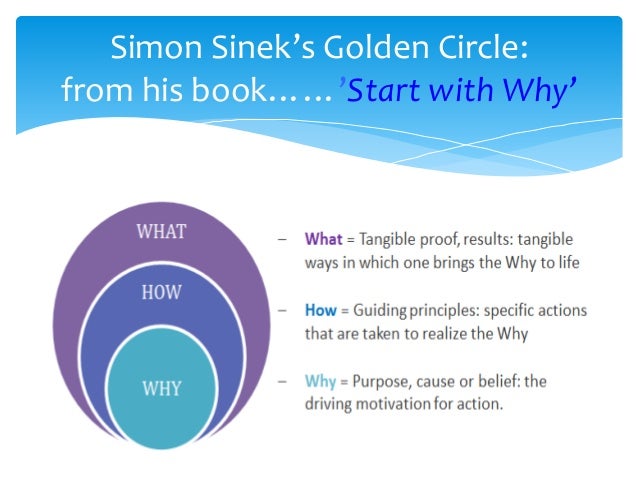Why conferences and goals?
Why do we need to conference and set individual goals?
“…the more effective classrooms have a distribution of
whole-class, small-group, and side-by-side instruction. The more whole-class
teaching offered, the lower the academic achievement in any school.” (The CAFÉ
book, pg 9-10)
In other words, the more you get down to working with
individuals, the higher your classroom achievement.
“In order for learners to develop heuristic, or
goal-directed, strategies, they must have clear goals.” (The CAFÉ book, pg 10)
In other words, each student deserves goals that fits their
needs.
Creating Individual Reading Goals
Individual
goals for students should be discovered while benchmarking.
·
Look for the most
common error.
·
Identify a goal;
comprehension, accuracy, fluency, or vocabulary
·
Identify a
specific skill based on the goal; inferring, synthesis…
·
Find specific
strategies to accomplish the goal.
Once you decide what goal the student will be working
on, based on the benchmarking, hold a “goal-setting conference.” During this
conference refer back to the benchmark, letting the student see their most
common errors. You may point out the error, or see what the student notices on
their own. Sometimes the student will know what to work on and when the student
sets their goal it is more motivating for them to work on it. This conference
will take longer.
It is important to not spend too much time teaching to
allow for guided practice while in the conference. Students are often ready to
start as soon as you tell them the strategy. First attempts by students should
be guided, prompted, coached, and given feedback by the teacher. A typical
conference should take 2 minutes.
Remember, don’t stick with the skills for too long. If
the touch points are in the 3 to 4 range for 3 conferences in a row, it is time
to move on. Also, if the touch points are in the 1 to 2 range for more than a
few weeks it is time to change something. Change the strategy, the visual, or
the way it is being taught in some way.
Selecting Similar Students for Strategy Groups
Do you plan to give multiple students the same strategy?
Then it may be time for a strategy group. These groups are typically made of 2
to 5 students. The focus of the time together is introducing and working on
strategies, and guided practice in order to reach their goal. A strategy group
meeting may last about 5 minutes.
Make A Plan- Make it Consistent
Let’s review the corporation guidelines for Pensieve:
Teachers will conduct reading conferences with students continuously and
frequently using the following chart as guidance.
|
Above Grade Level Readers
|
At or Near Grade Level Readers
|
Below Grade Level Readers
|
|
At Least Once Per Every Week
|
At Least Twice Per Week
|
At Least Three Times per Week
|
In order to reach this goal, you need to make a plan. Schedules
can be extremely helpful in meeting with all your students. The Sisters
schedule as they go, if this system is working for you then please continue to
use it. If you are the type of person who needs more control, a set weekly
schedule may be best for you.
For many classes, strategy groups will need to be put in
place to meet the needs of the class. These small, strategy groups count as a
conference with the student. If you need help creating groups in Pensieve
please let your instructional coach know and we will set a meeting with you.
Helpful Tips
How do I get it all
done?
If you behavior plan in your room is working, your students
are already independent. Once students are independent, you have more time to
get out and conference.
During the reading block, whole class mini-lessons must
remain short. Remember that students don’t get better in the lesson, they get
better with practice. Here is some review information from an earlier post on
brain research:
· Four to eight minutes of content when you are teaching items which
students have less background knowledge and the complexity is greater.
· Eight to fifteen minutes of content when teaching items in which
the students have greater background knowledge and less complexity.
· Longer than fifteen minutes of content is proven to be
ineffective.
How do I show
interest in the students when I am busy with the computer/Pensieve account?
Before walking over to a student, take a minute; log into
your account, read the last conference information you have with the student,
get your goal and strategy filled in, then walk over to the student. As soon as
you sit down you should be ready to go. Don’t interrupt the student and then
make them wait on you. During your conference, engage the student(s), state the
strategy they will use, guide their practice, and set a goal for the next
meeting. When the conference is over, tell the student you will sit with them
for another minute while they practice. During this minute, type your notes
from the conference, pull up the next student you will be meeting with, read
the notes from the last conference, fill in the goal and strategy, then walk
over to the student. If you use this method you will be engaged with the
student you are with and prepared for the next student when you arrive.
How do I keep all the
goals straight?
To better manage the goals in the classroom, visual
reminders for individuals and strategy groups can be made. This will help
remind individuals to continue to work on their own when the teacher is not
with them. It can also help visitors to the room know what each student’s goal
is.





